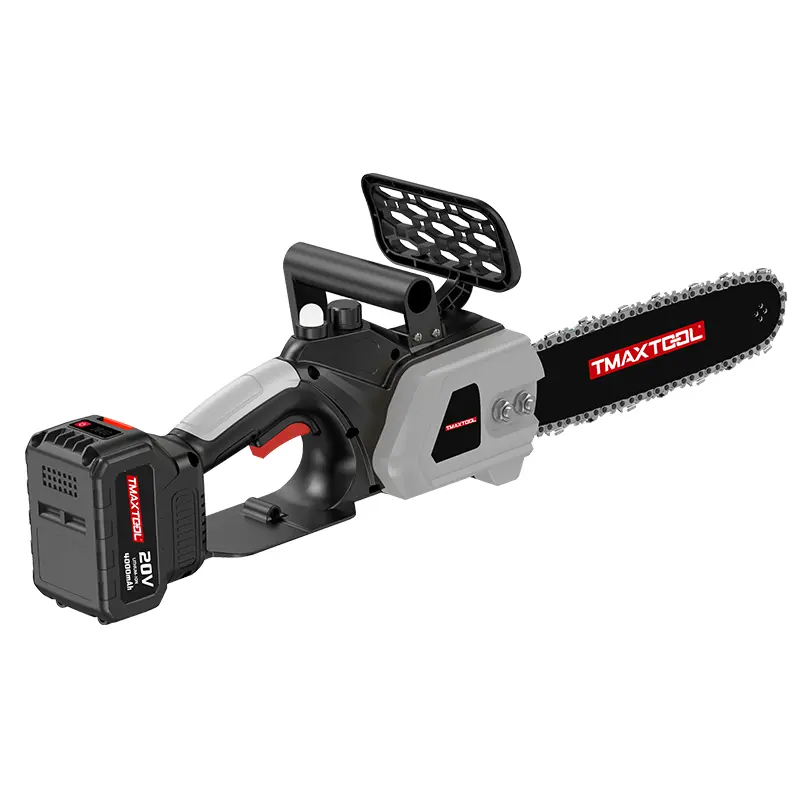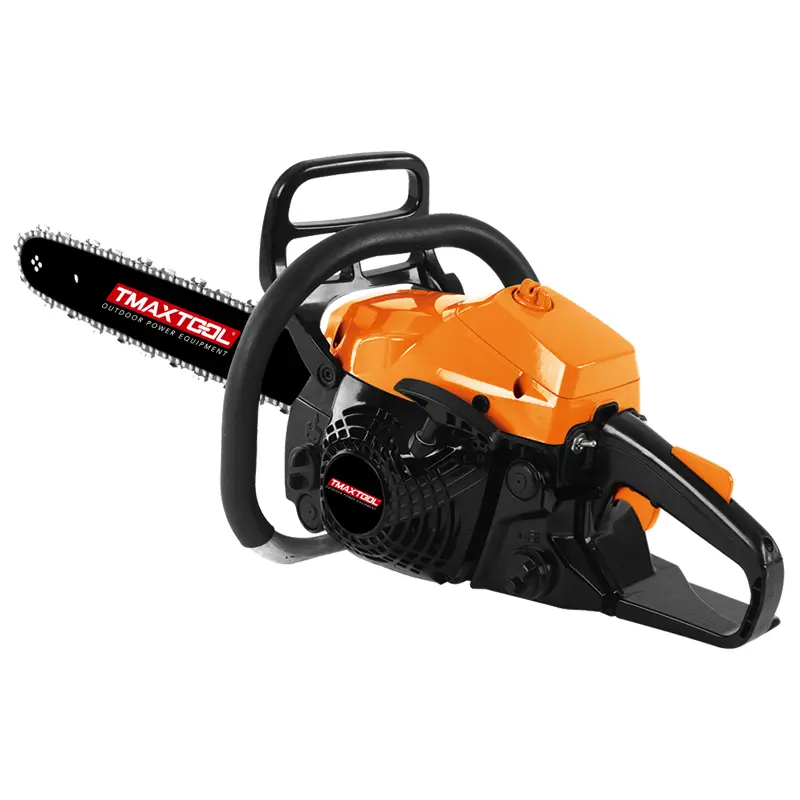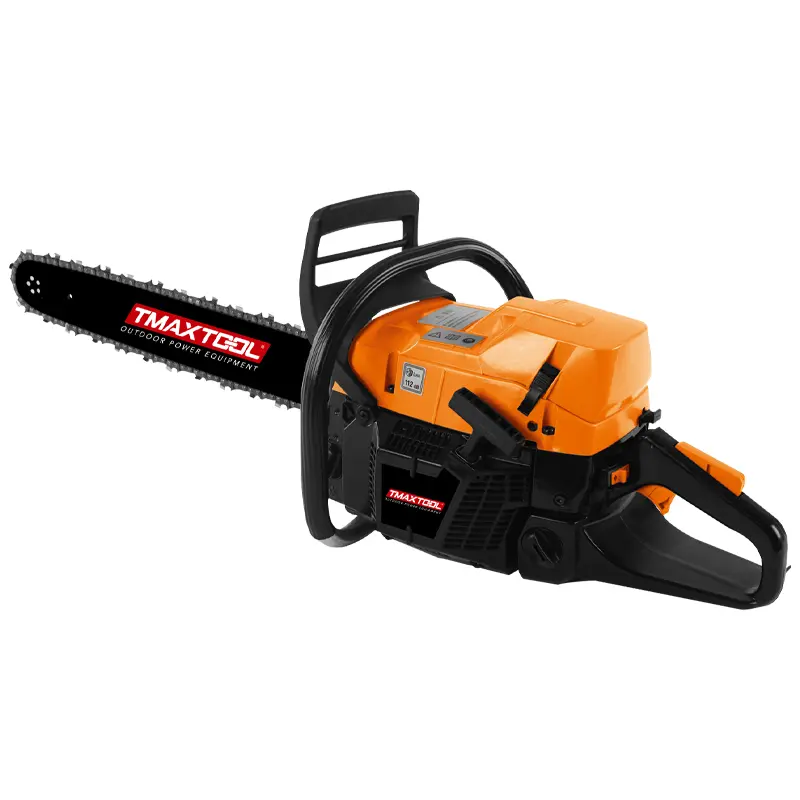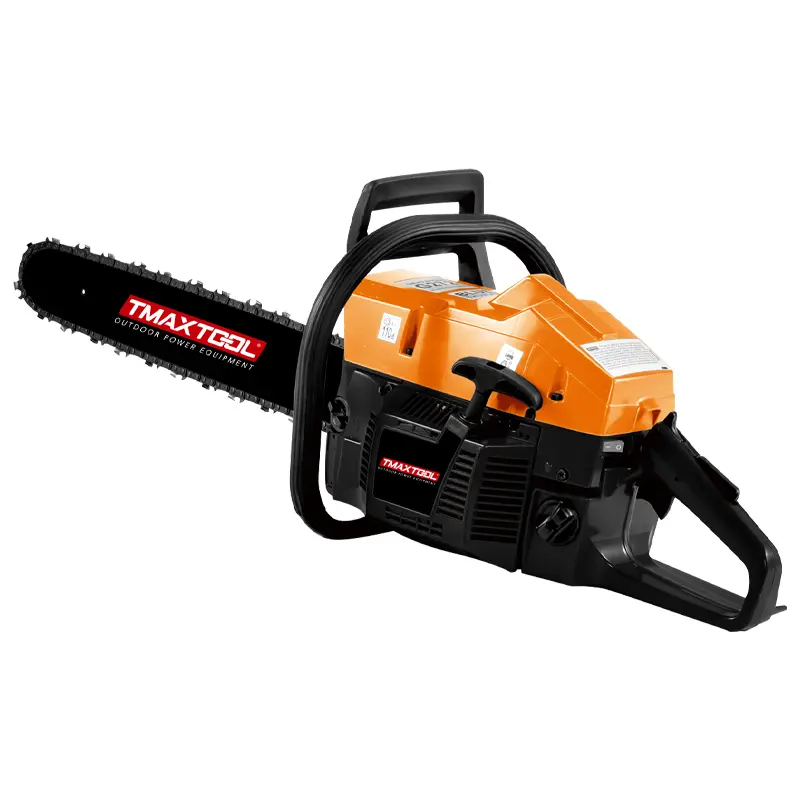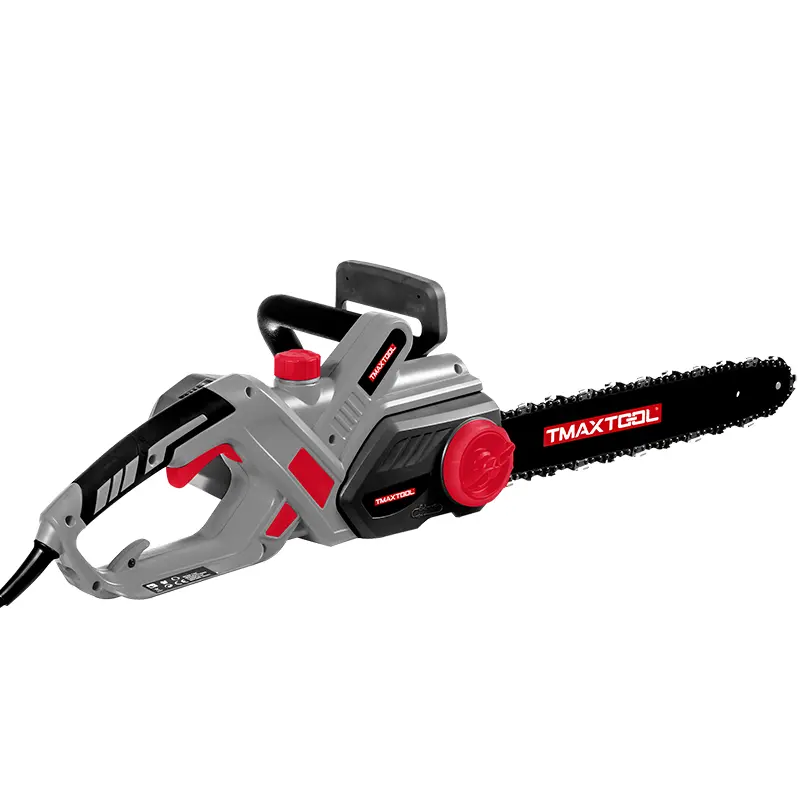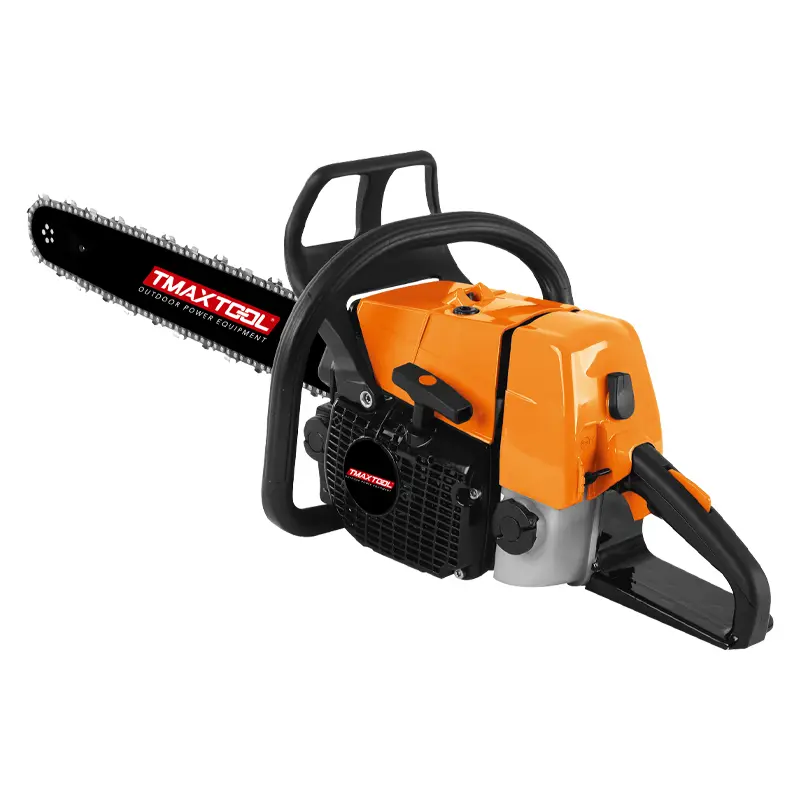What are electric screwdrivers and how to choose them
There is no safety clutch of any type in the electric screwdriver, so the mechanical structure is simple, processing is convenient, and the cost is low.
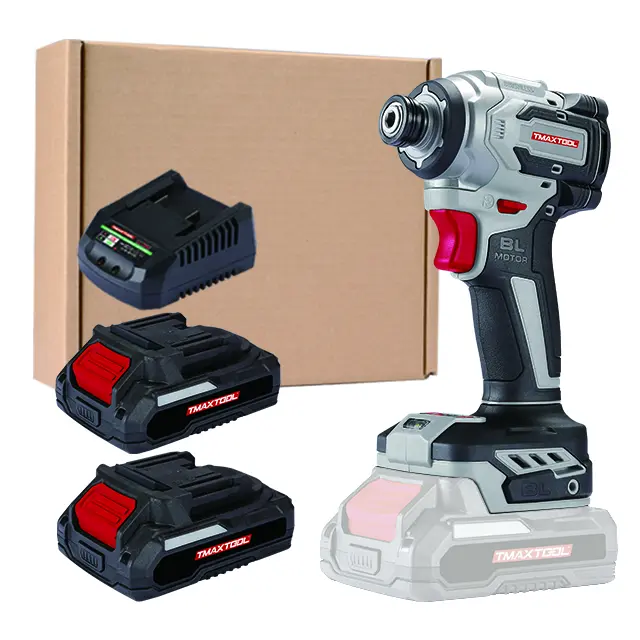
(1) Non-torque control type
This is a non-automatic power-off tool. Whether the thread assembly is completed or not is subjectively determined by the operator. The operator should concentrate on observing the operation process. Although the operation is tense and labor-intensive, the assembly quality cannot be guaranteed. When the operator subjectively confirms that the assembly is complete, he disconnects the power supply to complete the operation. However, due to the impact of the rotational energy after power outage, the cross groove or slot is often damaged; if the operator is not careful, it is easy for the motor to brake for a long time, reducing the life of the tool's motor and switch. This type of tool was used for wood screws with large dispersion in the early days, and the spindle speed should not be high. Recently, it has basically not been used.Sleeping bag filling material
Although the filling materials of sleeping bags include down and cotton, from the perspective of warmth retention, down has better warmth retention, is lightweight, easy to fold and store, and is the most durable. So here we mainly introduce down materials.
Down is still the best insulation material for sleeping bags so far. Down material is usually (gray, white) goose down or duck down (generally speaking, goose down is better than duck down). Its performance depends on the type and loft of the down used. .
During the research, we found that some users who do not pay attention to quality use an electric drill with a spiral bit to assemble the wood screws on the bus accessories. Although the cost of the tool is low, the assembly quality cannot be controlled due to the excessive speed of the electric drill, resulting in waste products. The revenge was quickly manifested: the screw heads quickly rusted (because the groove coating was damaged by the screwdriver); passengers' clothing was cut by the screw heads (because some screw heads were not fully seated and were higher than the workpiece); the metal decorative strips bounced off Or it falls off (some screws are over-tightened and the connection fails); the handle lever is loose or springs open (some connections fail). All of these are experienced by people who often take buses and coaches.
(2) Braking torque control type
It is also a tool that does not automatically cut off the power supply. The voltage is high, the braking current is large, and the braking torque is also large. After the gear is decelerated, the output assembly torque is also large, and vice versa. The design idea of this type of electric screwdriver is to use a step-down transformer to set up more taps and adjust the voltage to adjust the assembly torque. This product is still produced domestically. The following reasons illustrate that it is a backward and undesirable model.
① At a certain voltage, the braking torque of the motor is not constant. There are two reasons. One is that the winding of the motor increases with temperature. Under repeated short-term braking, the temperature rise of the winding changes relatively large, so the braking current is also greatly different, and the braking torque is also different; the second is that the winding of the motor increases with temperature. It is the braking torque of the commutator motor that is related to the rotor position during braking. When a brush is between two commutator segments, one winding element is short-circuited by the brush and no torque is generated. On the contrary, when no commutator segment is short-circuited by the brush, all winding elements work to generate torque. Therefore, it can be seen that the more commutator plates of the motor, the smaller the impact of different rotor positions on the braking torque during braking. Unfortunately, electric screwdrivers generally use permanent magnet DC micro motors. The rotor cannot have many slots and uses many commutator blades (three slots and three blades were used in the early days, and five slots and five blades were used later. Nowadays, seven slots and seven blades are basically used abroad. , there are even seven slots and fourteen pieces to reduce torque pulsation). Coupled with the 10% voltage tolerance of industrial electric taxis, it is very rough to control constant torque with this method, that is, the torque control accuracy is very poor.
② Frequent braking is not the normal operating state of general permanent magnet DC micro motors. It will cause abnormal heating of the motor and shorten its life. Especially if the operator intentionally or unintentionally extends the braking time, the impact will be more serious. ③ Disconnecting the power switch when the motor is braking will greatly shorten the switch life. Because the current is large during braking, the magnetic energy stored in the winding inductor is large. When it is disconnected, this energy is released between the contacts in the form of arc. Come out, ablate the contacts, and melt them in severe cases.
④ Since the motor runs at a very low speed just before braking, the efficiency of this type of electric screwdriver is generally low. This type of electric screwdriver can be used for less demanding type A, B, C and E connection characteristics. D type couplet in Mc》Mt
Connection properties are also available.
(3) Current controlled electric screwdriver
It is a tool that automatically cuts off the power supply. Based on the corresponding relationship between the electromagnetic torque of the motor and the motor current, a control method is established to control the assembly torque of the electric screwdriver by setting the motor current value. This type of electric screwdriver was the main early product in China, but it is almost no longer produced recently because its control function is very poor. People can't help but wonder: Why is this control method so useful for fixed torque wrenches? This product has been produced and used, and the torque control accuracy can reach ±5% FS; why are the recently imported electric screwdrivers also of the current control type. Research shows that the key lies in the fact that after a power outage, the function of the electric screwdriver's rotary system is converted into uncontrollable additional torque, which accounts for a large proportion. This is because in order to ensure higher efficiency, the speed ratio of the reducer of the electric screwdriver is small, and in order to ensure a certain tightening torque, the relative motor power cannot be too small (after conversion, a 1500N·m fixed torque wrench only needs about 0.3W rated power, while the M4 electric screwdriver requires approximately 8W rated power to generate IN·m torque). Therefore, the average rotational energy borne by the unit assembly moment is large, so the additional uncontrollable torque is also large.The solution is to immediately apply rapid energy-consuming braking to the motor after the torque reaches the point and cut off the power supply. At this time, the motor operates as a generator, converting most of the kinetic energy of the rotary system into electrical energy and consumed in the heating of the resistor, thus making the control uncontrollable. Controlling the additional torque improves the control range and control accuracy. In fact, Daniker current-controlled electric screwdrivers (including high-precision safety clutch self-stop electric screwdrivers mentioned later) do take this measure to achieve good assembly control characteristics. This improved current-controlled electric screwdriver has a wider immediate control range and higher immediate control accuracy. It is suitable for the assembly characteristics of A, B, C, and E screws with higher requirements, and is also suitable for screws that comply with Mc》Mt D-type assembly characteristics.
Safety clutch type
Usually a safety clutch mechanism is installed at the low speed end of the electric screwdriver transmission chain. When the transmission torque (i.e. assembly torque) exceeds its setting value, the clutch will trip. There are many types of safety clutches, including friction clutches suitable for electric screwdrivers (which were used in the early days, but are now rarely used due to easy wear, heat, and unstable performance), tooth-type safety clutches, ball-type safety clutches, and roller-type safety clutches. clutch. Due to the needs and progress of structural design, there are various variations of actual electric screwdrivers (for example, some do not place the clutch on the shaft but on the inner ring gear, and use the reaction torque to achieve the safety clutch function), and there are too many to mention. . But the general development direction is miniaturization, simplification, refinement and increasing the number of meshing teeth (balls, rollers) to reduce additional impact torque, improve assembly accuracy, increase clutch life, and reduce vibration at the contact point between the operator and the work tool head. . Some products come in as many as 24 pieces, which of course will increase the processing workload. Such tools can be divided into the following categories according to their principles, functions, and characteristics
(1) Forced clutch type
It is a non-automatic power-off tool. The pressure between the active and driven clutch halves is the axial pressure exerted by the operator on the electric screwdriver. Therefore, if the axial pressure applied is large, the clutch tripping torque will be large, and the screw assembly torque will also be large. vice versa. It should be particularly pointed out that when the axial pressure is not removed after tripping and the power supply is not cut off, the clutch will periodically engage and trip again, resulting in impact and additional tightening torque characteristics. Therefore, the assembly result completely depends on the operator's skills, so it Only suitable for A, B, C, E type assembly characteristics without precision requirements. However, for the D-type and F-type assembly characteristics of Mt > Mc, as long as the operator has sufficient experience and responsibility, this type of tool is a suitable choice.
(2) Adjustable buffer clutch type
It is a non-automatic power-off tool. The structure uses the pressure of an adjustable pressure spring to replace the above-mentioned axial pressure exerted by the operator, so an adjustable tripping torque can be obtained. However, its tripping torque repeatability and adjustability are much better than those of the forced clutch, and it does not cause strong axial vibration of the tool when tripping. It not only reduces the labor intensity of the operator, but also reduces the damage to the slot or cross slot and its coating due to the vibration of the screwdriver head. Therefore, as long as the operator stops the vehicle when the clutch is tripped and minimizes the impact of the additional impact torque of the clutch, a relatively constant assembly torque that is close to the tripping torque can be obtained. Therefore, it can be used for A, B, C, and E-type thread assembly with certain assembly torque accuracy requirements. It should be pointed out that the accuracy of the tripping torque and assembly torque depends not only on the design parameters of the tool but also on the operator's operating level. Experiments have shown that if the tool is intentionally kept in a repeated clutch state for a long time, the assembly torque can reach 2-3 times the tripping torque. Therefore, the quality of assembly depends largely on the skill of the operator. High-level operators can also assemble the D-type assembly features of Mc>Mt, and can also take advantage of repeated separation.
Combined with additional moment increments to assemble joints with type F characteristics. Of course, the wear of the clutch will be accelerated and the assembly efficiency will be reduced.
This type of electric screwdriver can be divided into internal adjustment type and external adjustment type according to the adjustment method of spring pressure. The internal adjustment type is relatively simple in effect, but it is troublesome to open part of the cover of the working mechanism when adjusting the spring pressure, so it is now rarely used. However, this structure is still widely used in domestically produced single-phase electric screwdrivers. The spring adjustment nut of the external adjustment type is outside the cover, and the operator can easily turn it to change the spring pressure to change the tripping torque. In recent years, domestically produced permanent magnet electric screwdrivers, especially mass-produced battery-operated electric screwdrivers, have generally adopted this type.
Adjustable power-off clutch type
It is a tool that automatically cuts off the power supply. On the basis of the above-mentioned adjustable buffer clutch, position detectors such as limit switches and photoelectric conversion Hall transformers are used to detect the axial displacement of the clutch during tripping and convert it into electrical signals, prompting the functional circuit to cut off the motor. Supply current, and perform energy-consuming braking quickly to ensure that the clutch does not produce additional torque caused by repeated clutch impacts, so that the assembly torque is accurately equal to the tripping torque, and the repeatability of the assembly torque reaches ±3% to ±5%. Therefore, it is suitable for the assembly characteristics of A, B, C, D (Mc> Mt), E and other types of threads with high precision requirements. In the early days, the above functional circuits mostly used simple relay circuits. Recently, power electronic circuits have been adopted. The latter has fast response time and no contacts, so it has good performance and high reliability.
How to choose an electric screwdriver
Due to the diversity of use occasions and workpieces, it is decided that electric screwdrivers should have different structural types to meet different needs. This is the selection problem in the development process of electric screwdrivers that should be solved. On the contrary, for a specific user, how to rationally purchase his own assembly tools from many different types of electric screwdrivers from the perspectives of availability, economy, rationality, etc., based on his own workplace and the characteristics of the components to be assembled, requires selection.
Considering the structure and workpiece characteristics, as well as the user's use occasions, battery-type electric screwdrivers are generally used for household and industrial places without electricity; for electric screwdrivers with larger power and larger torque, which are composed of series motors, for a large number of For centralized use, use a low-voltage electric screwdriver with centralized power supply. For dispersed use, use an individually powered low-voltage electric screwdriver or a "high-voltage" electric screwdriver. Model selection is very important for research, design and producers. Reasonable model selection can meet the needs of more different users with fewer types of products, and achieve higher economic and social benefits; On the contrary, it is very necessary for users to choose different types of electric screwdrivers according to their own use occasions and workpiece assembly characteristics. Improper purchase will result in the investment not achieving the desired effect, or even being wasted because it cannot be used on its own components. To this end, it is not only necessary to design products according to different thread assembly characteristics, but also to strengthen the popularization of user knowledge in this area.

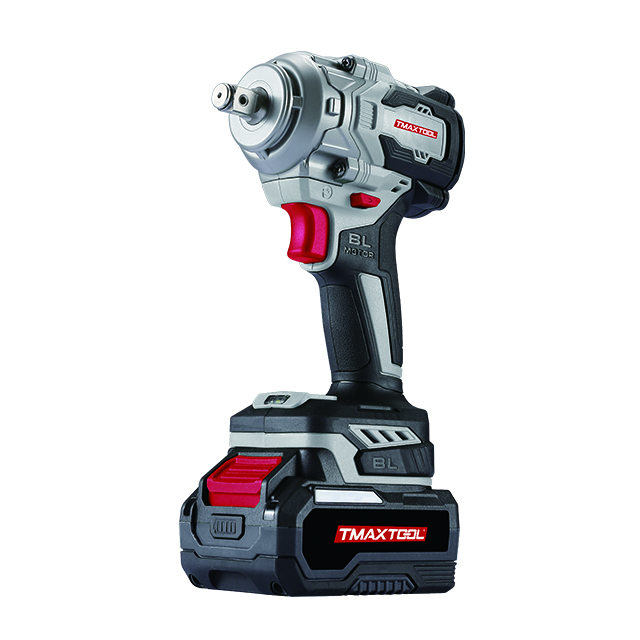 Impact Wrench
Impact Wrench
 Screwdriver
Screwdriver
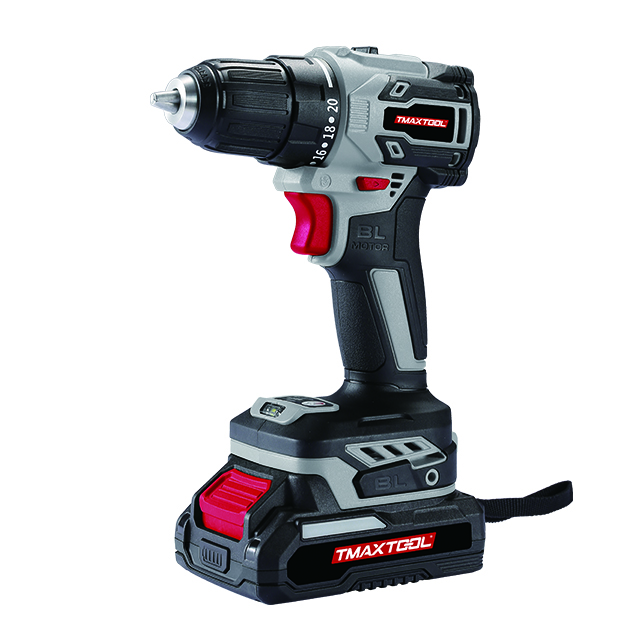 Cordless Drill
Cordless Drill
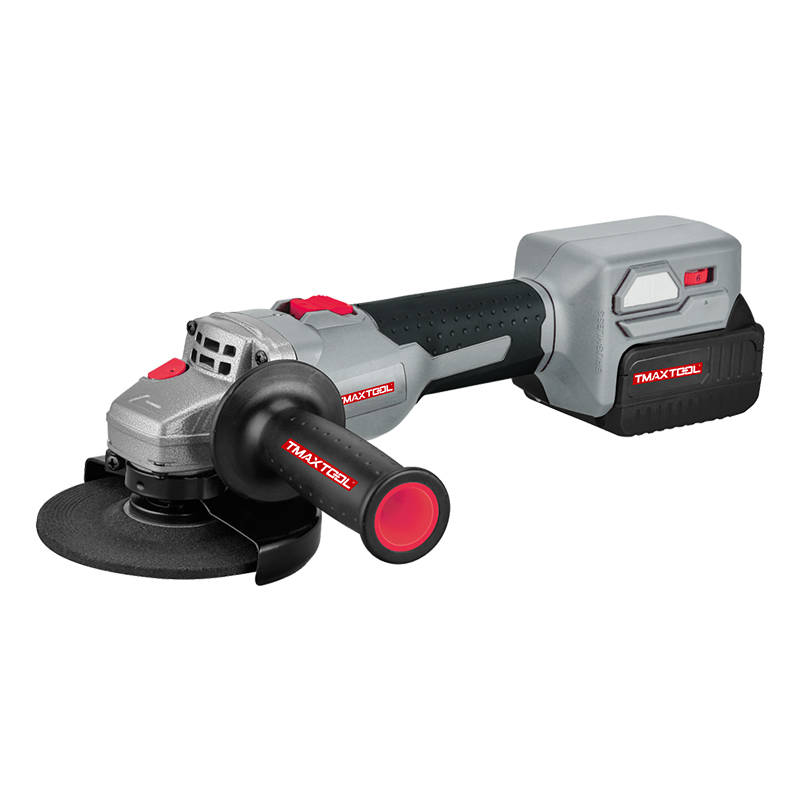 Angle Grinder
Angle Grinder
 Polisher
Polisher
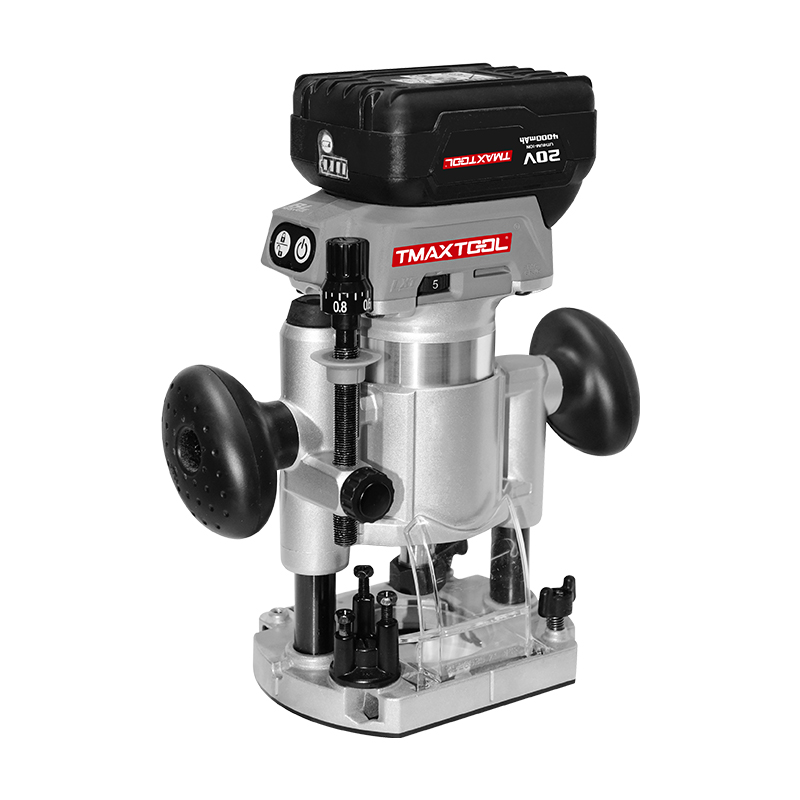 Wood Router
Wood Router
 Jig Saw
Jig Saw
 Hammer Drill
Hammer Drill
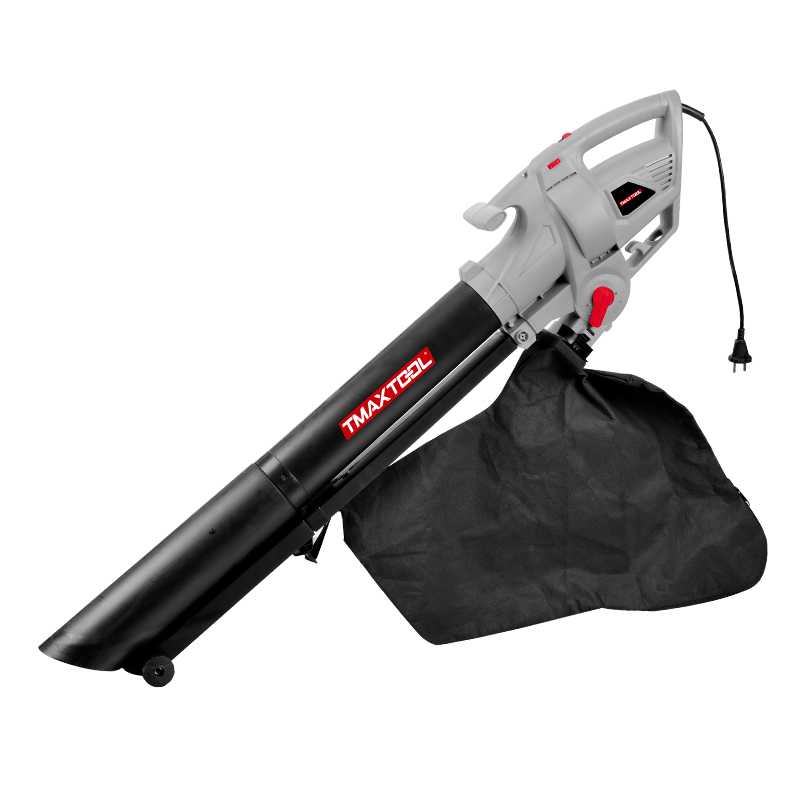 Portable Blower
Portable Blower
 Orbital Sander
Orbital Sander
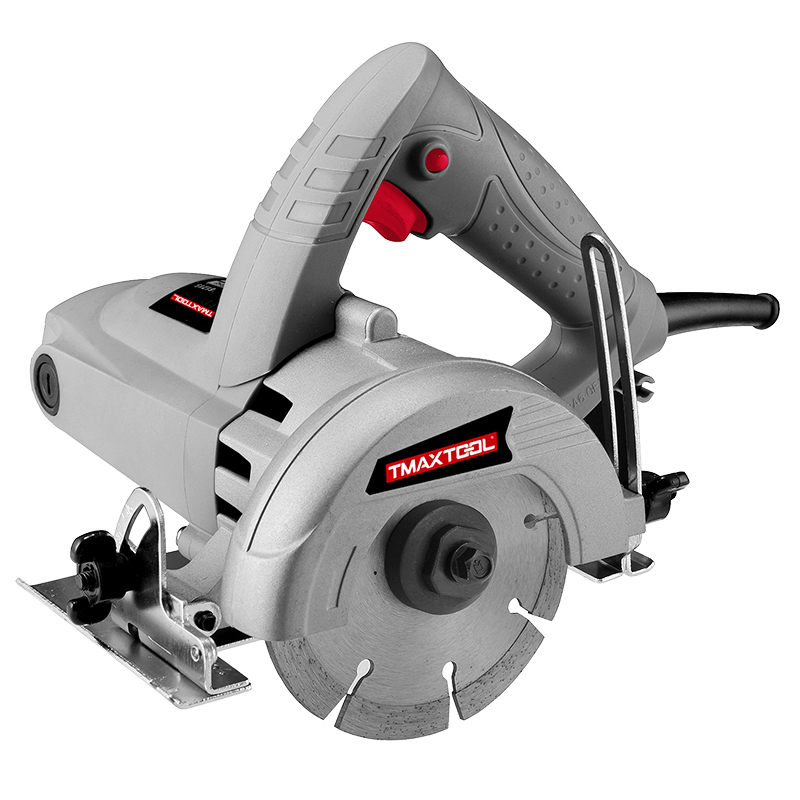 Marble Cutter
Marble Cutter
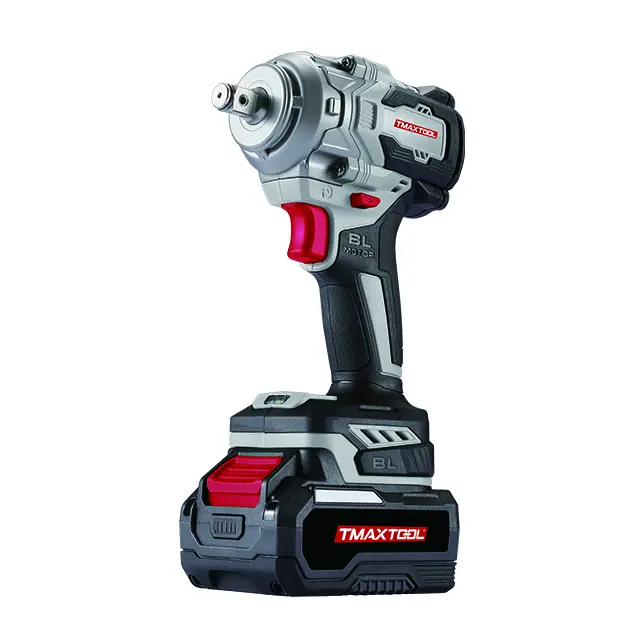 GARDEN TOOLS
GARDEN TOOLS
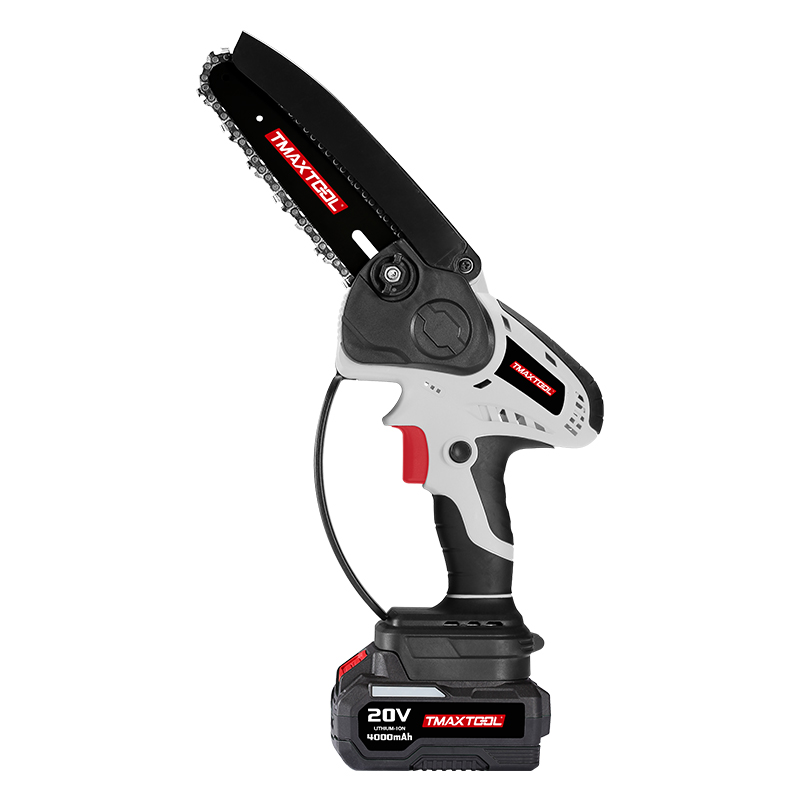 Battery Chain Saw
Battery Chain Saw
 Battery Brush Cutter
Battery Brush Cutter
 Battery Hedge Trimmer
Battery Hedge Trimmer
 Battery Multi Tool
Battery Multi Tool
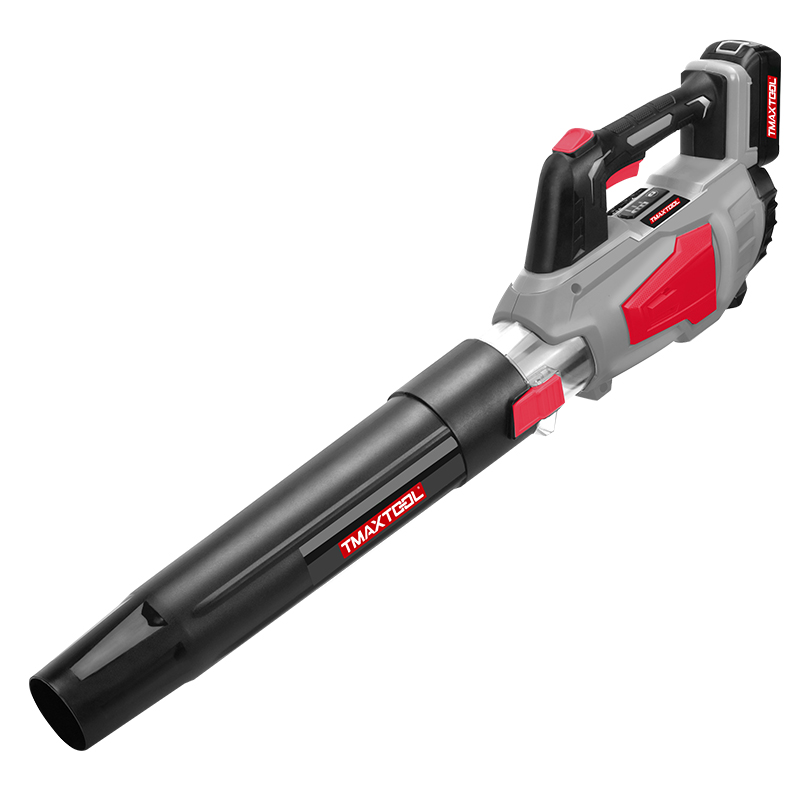 Battery Blower
Battery Blower
 Batter Pruning Shears
Batter Pruning Shears
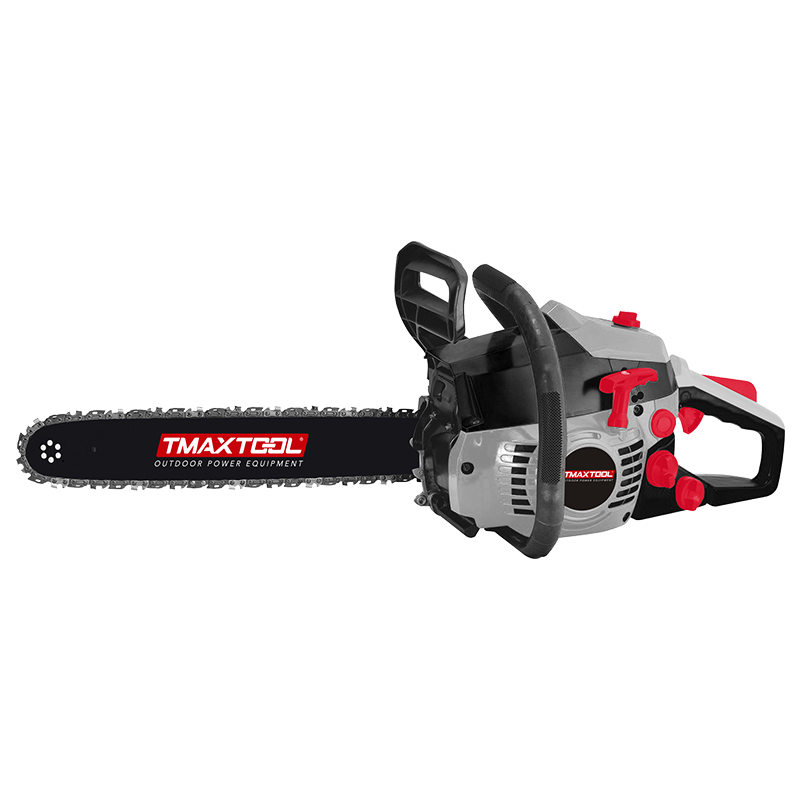 Chain Saw
Chain Saw
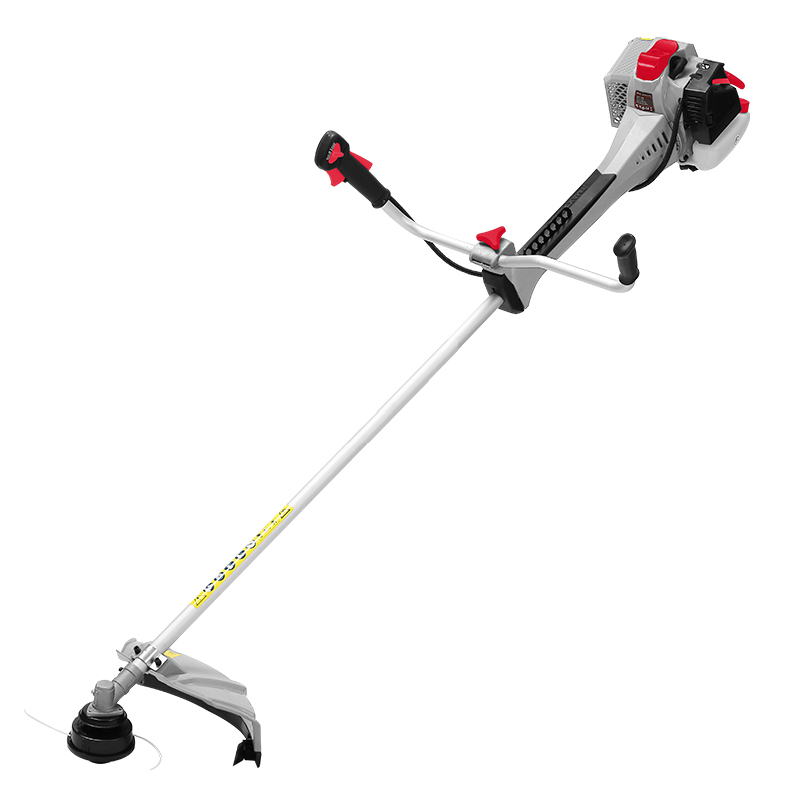 Brush Cutter
Brush Cutter
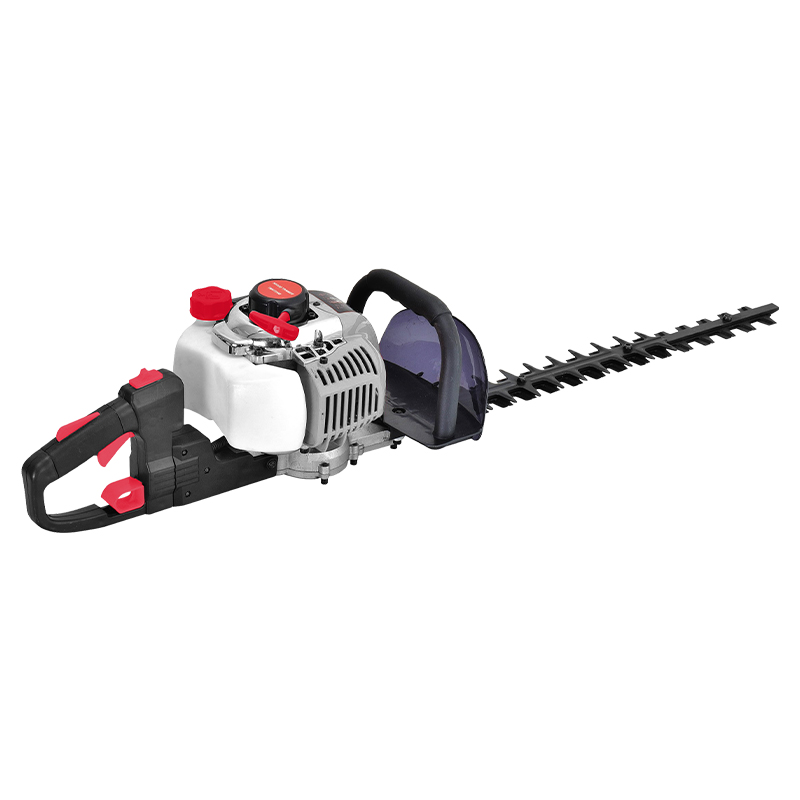 Hedge Trimmer
Hedge Trimmer
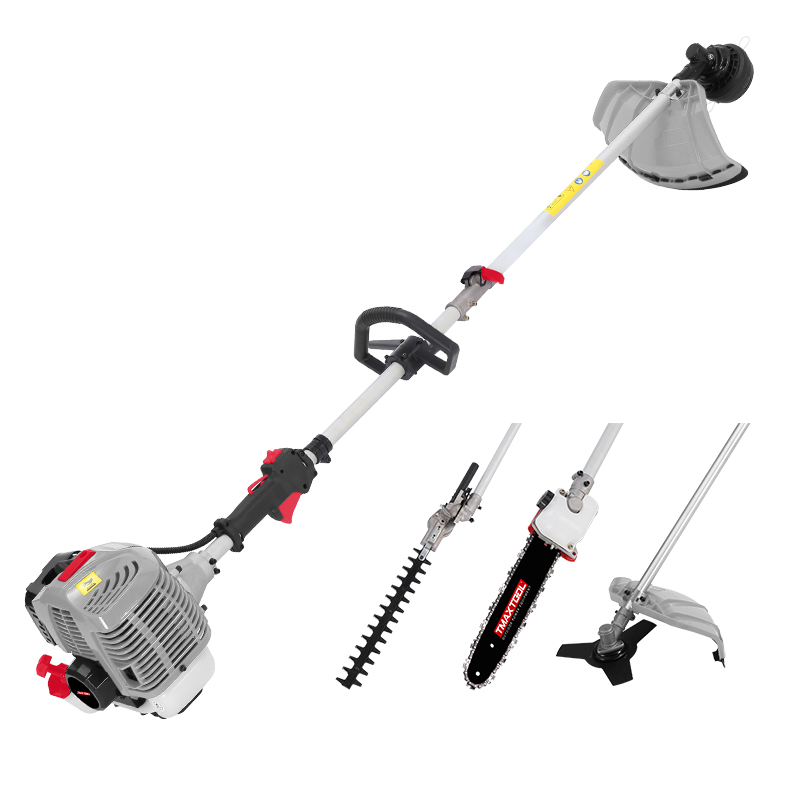 Multi Tool
Multi Tool
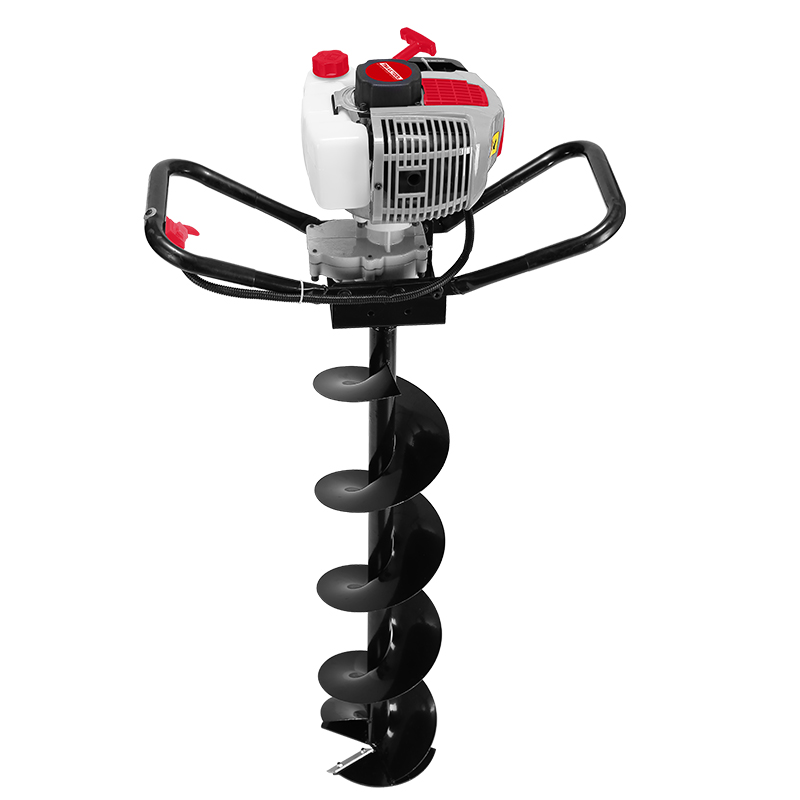 Earth Auger
Earth Auger
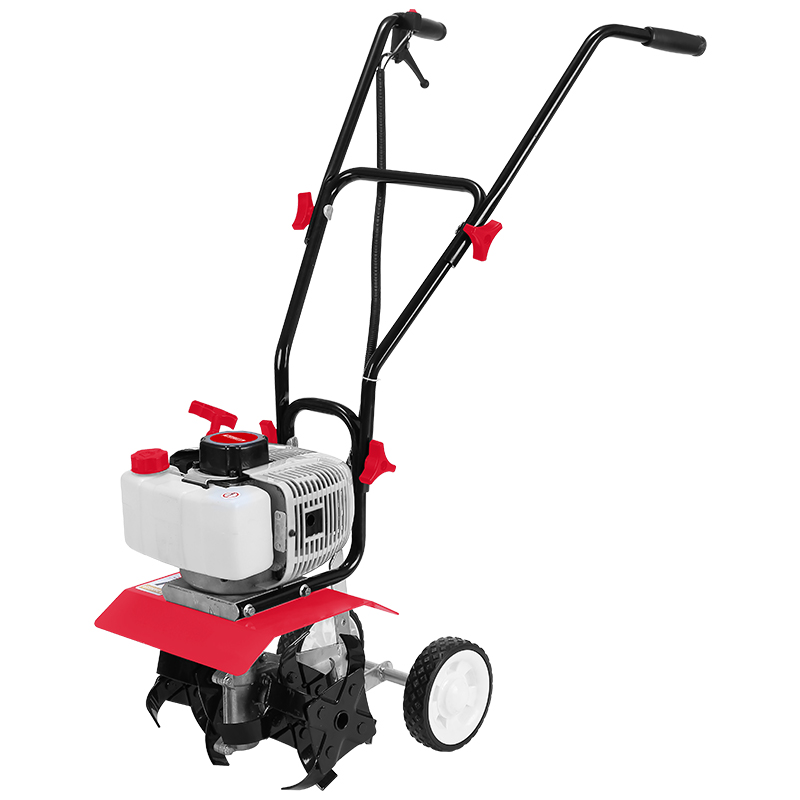 Tiller
Tiller
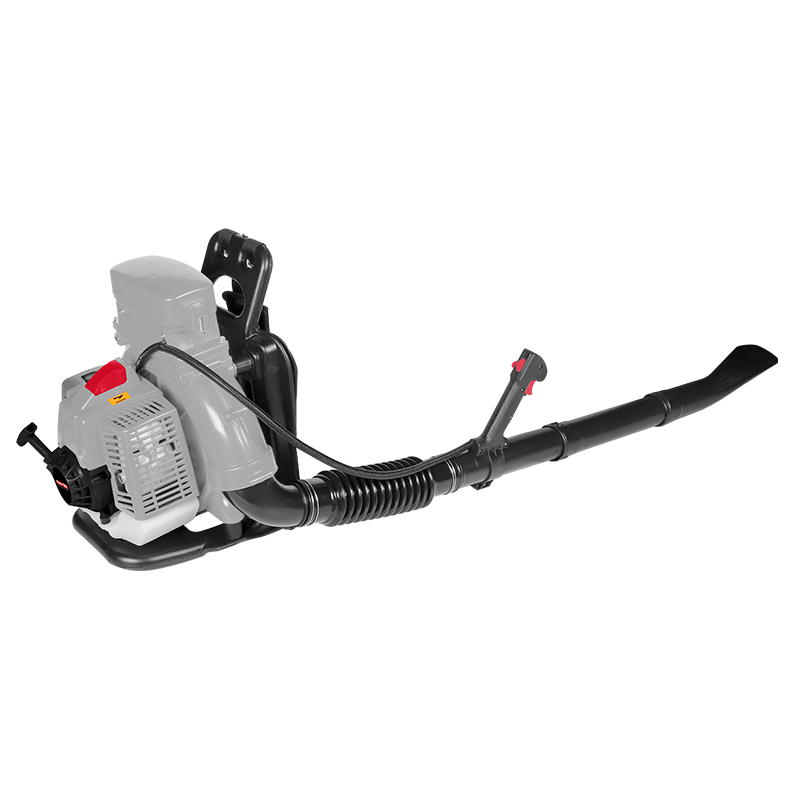 Blower
Blower
 4 Stroke Gasoline Engine
4 Stroke Gasoline Engine
 Generator
Generator
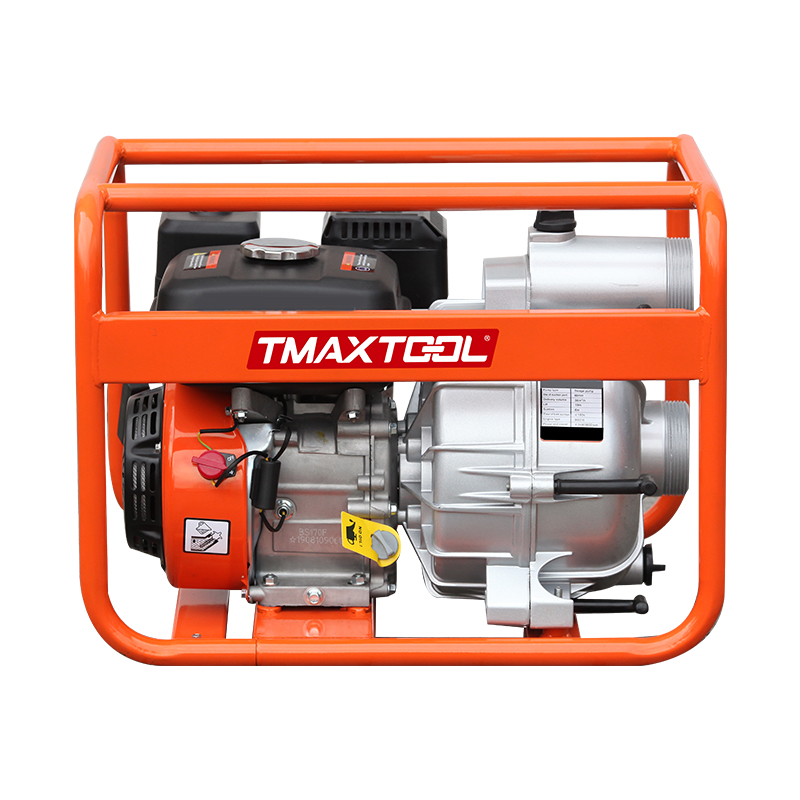 Water Pump
Water Pump
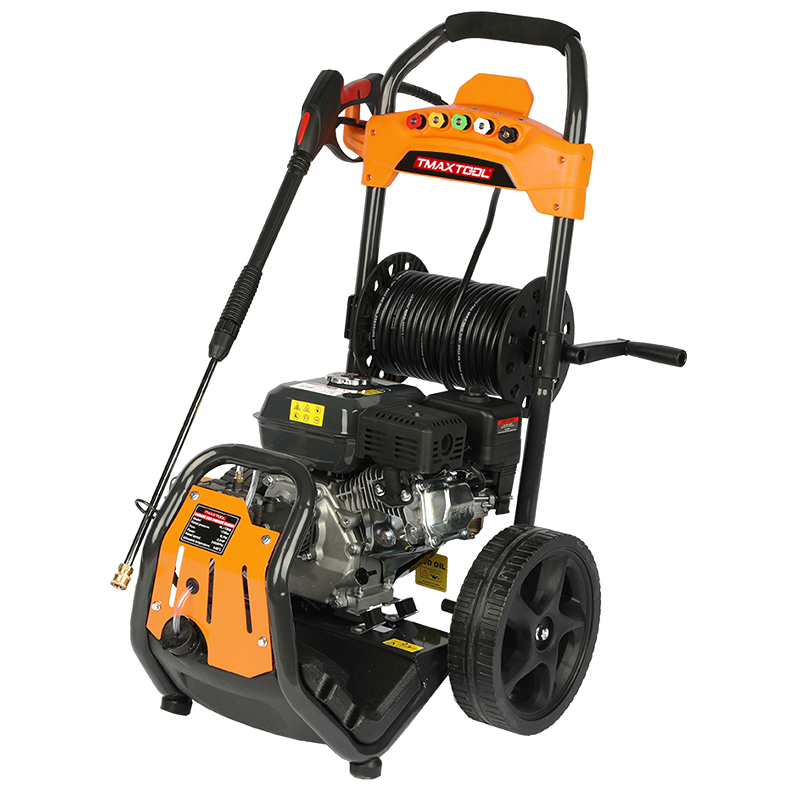 High Pressure Washer
High Pressure Washer
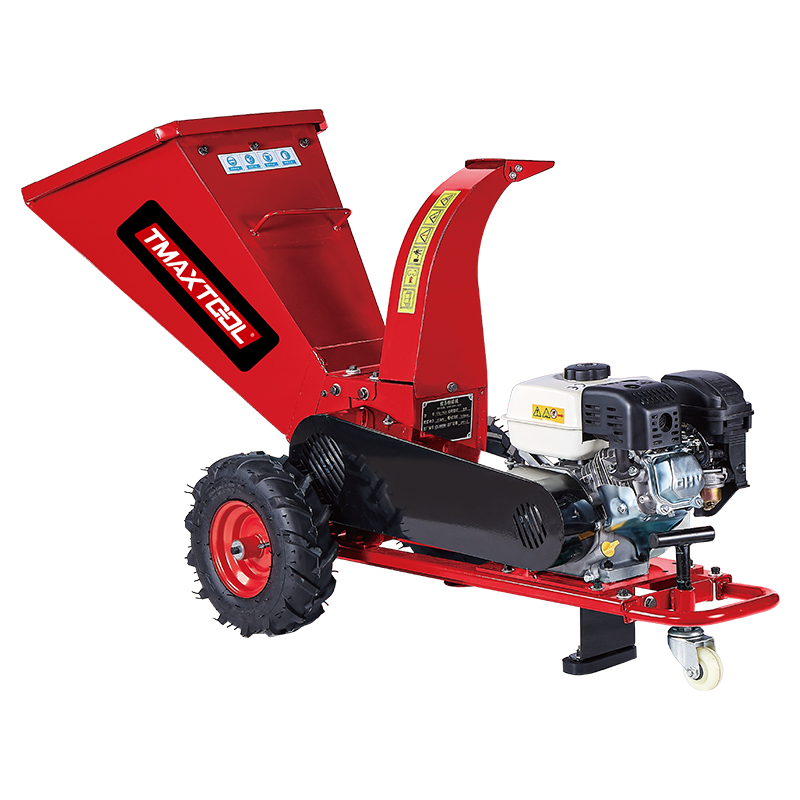 Wood Cutter
Wood Cutter
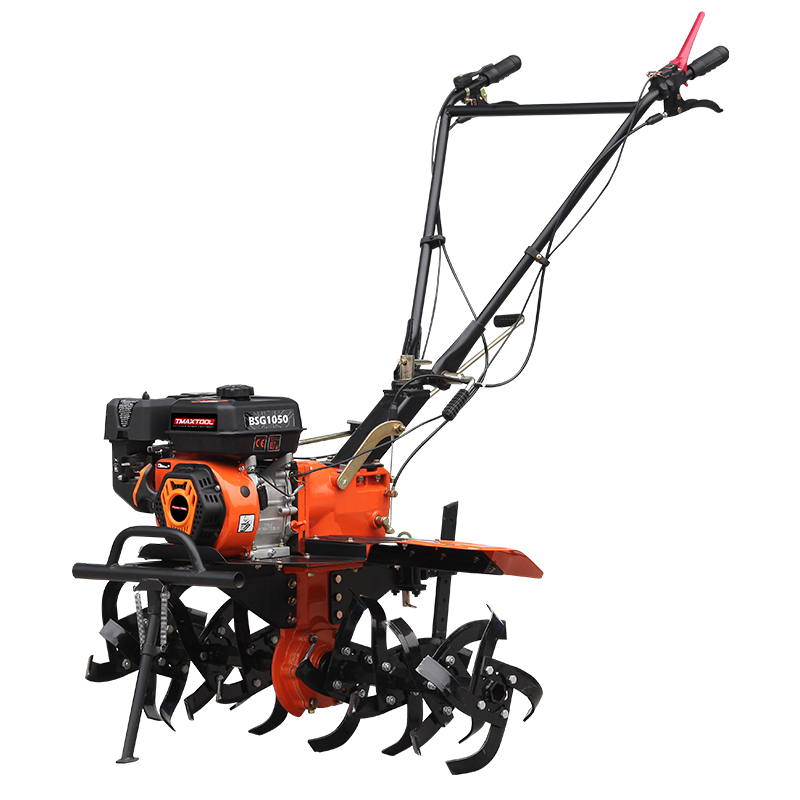 4 Stroke Tiller
4 Stroke Tiller
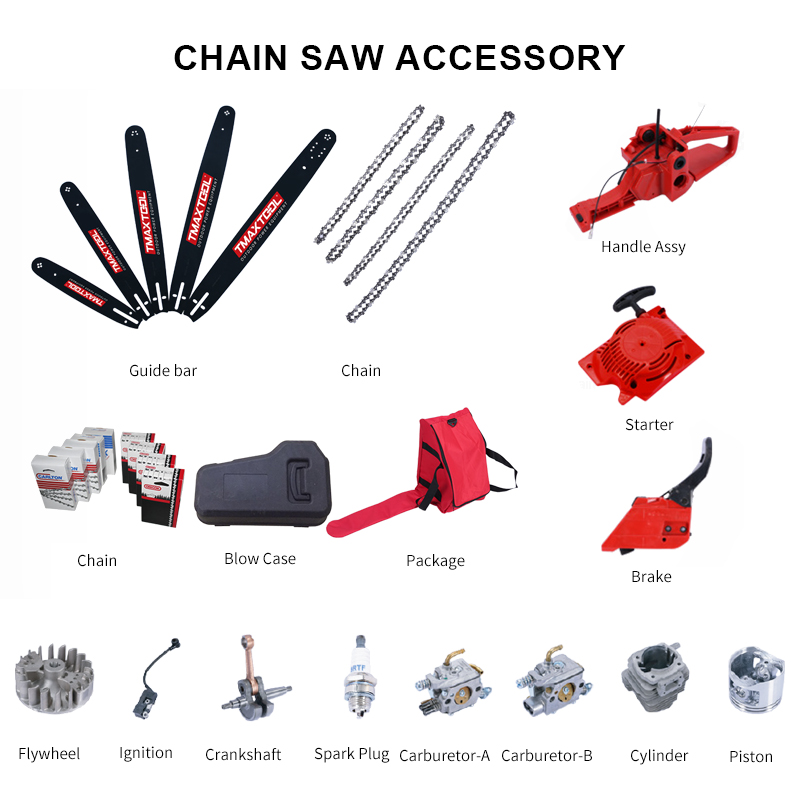 Chain Saw Accessory
Chain Saw Accessory
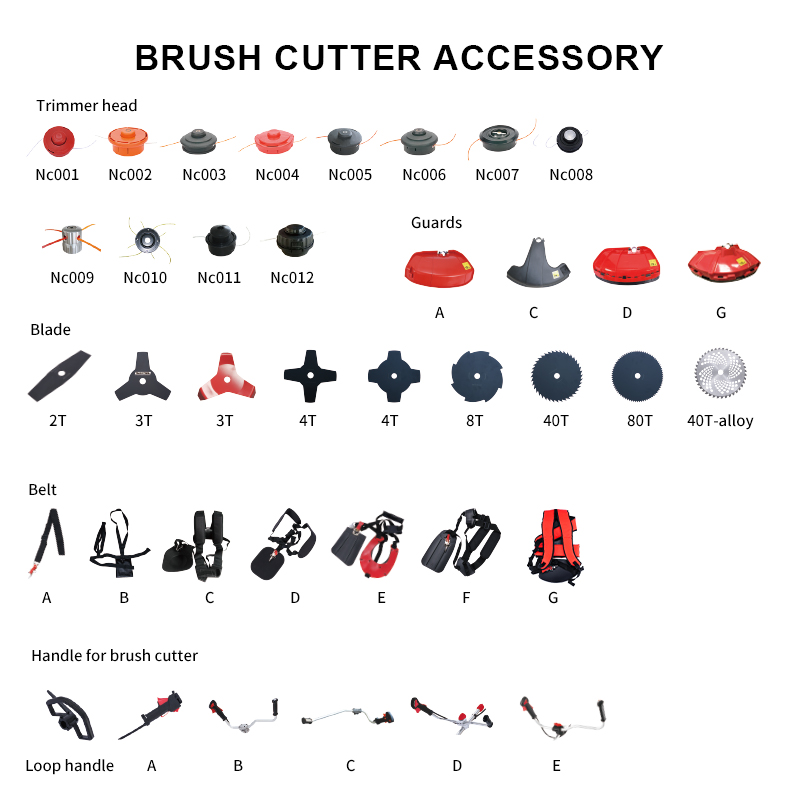 Brush Cutter Accessory
Brush Cutter Accessory
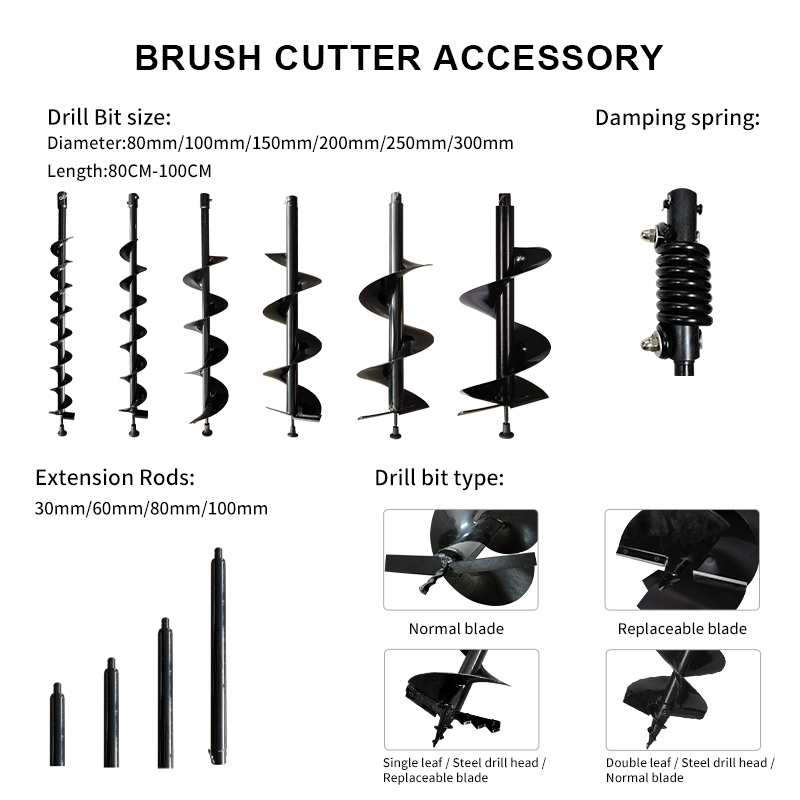 Earth Auger Accessory
Earth Auger Accessory
 Protective Equipment Accessories
Protective Equipment Accessories

